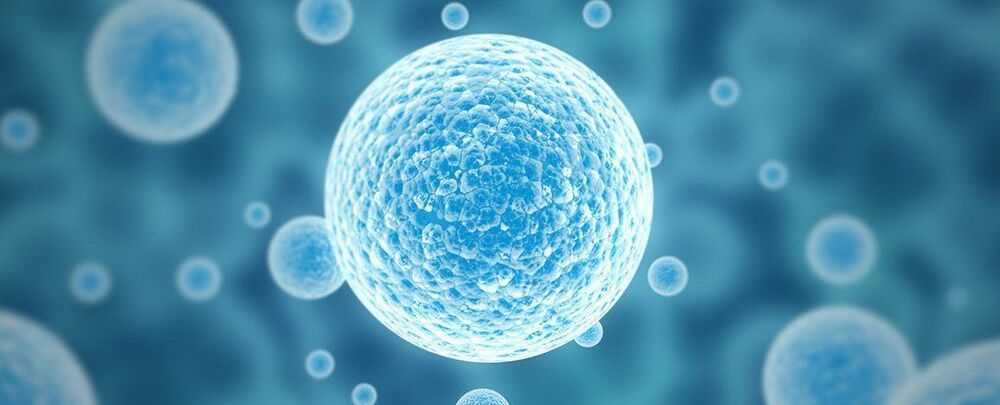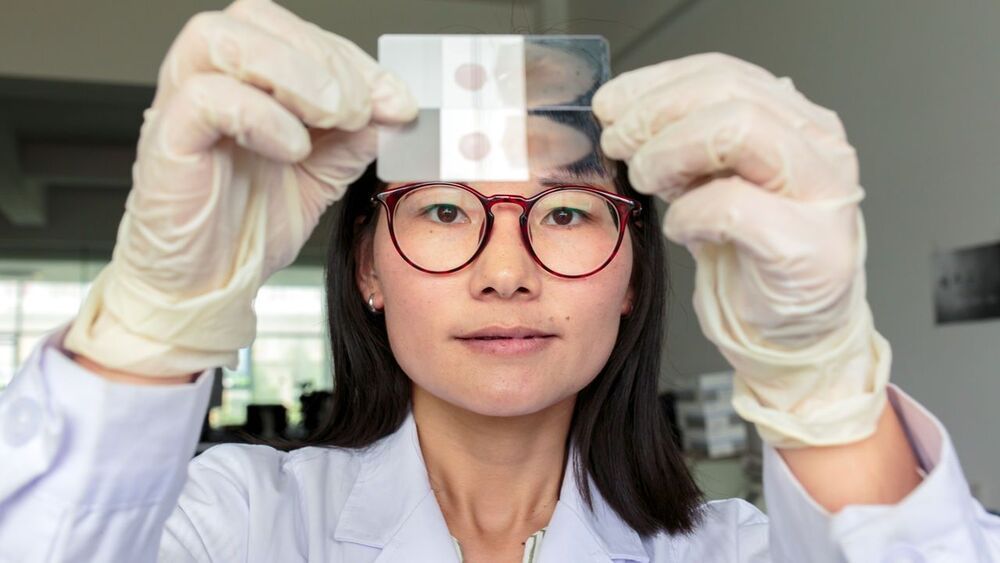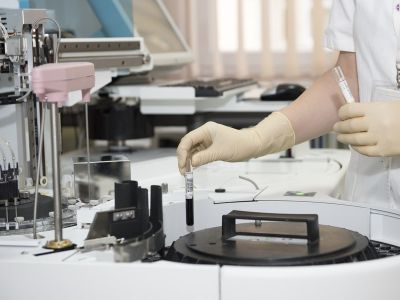A team of biohackers is on a David-versus-Goliath mission to make insulin affordable to an increasing number of diabetics.
Get the latest international news and world events from around the world.

Newly Discovered ‘Sleeper Phase’ in Stem Cells Could Advance Brain Tumor Treatment
The human body contains hundreds of different types of cells, with stem cells working like blank canvases that can be adapted and reproduced to help our tissues grow and repair themselves. However, once hijacked, the same kind of cell proliferation can be damaging, as happens in cancer tumors.
Scientists have now discovered a new resting phase for neuroepithelial cells — the stem cells of the central nervous system — which appears to put them in a kind of dormancy. If we can work out how to apply this to cancer cells too, we could get to the stage of being able to put brain tumors to ‘sleep’.
“The primary feature of any cancer is that the cells are proliferating,” says biomedical engineer Christopher Plaisier, from Arizona State University. “If we could get in there and figure out what the mechanisms are, that might be a place to slow them down.”

Startup Wants to Build Tiny Nuclear Reactors That Run Off Nuclear Waste
Experts are excited by the concept of microreactors because nuclear facilities have historically relied on economies of scale — a paradigm this tech could reverse.
“Microreactors promise to turn this paradigm on its head by approaching cost competitiveness through technological learning,” Alex Gilbert from the nuclear power think tank Nuclear Innovation Alliance, told CNBC.
Oklo’s “fast reactor” plant uses energy from already-spent nuclear reactor fuel, technology that has been around since the 1950s, according to CNBC.


Walmart launches private label insulin brand to lower prices
Walmart will offer a less expensive private label version of analog insulin for diabetes patients who struggle to afford their medication, the retail and pharmacy giant said June 29.
Novo Nordisk will manufacture the insulin, called ReliOn NovoLog. Walmart said it will become available at Walmart pharmacies the week of June 27 and at Sam’s Club pharmacies in mid-July.
A vial of ReliOn NovoLog will cost $72.88, and a package of prefilled pens will cost $85.88. Walmart said these products will save patients between 58 and 75 percent of the price of other insulin products on the market.
Aspartate Aminotransferase: What’s Optimal, And Can It Be Improved?
Papers referenced in the video:
Loss of Life Expectancy by 10 Years or More From Elevated Aspartate Aminotransferase: Finding Aspartate Aminotransferase a Better Mortality Predictor for All-Cause and Liver-Related than Alanine Aminotransferase.
https://pubmed.ncbi.nlm.nih.gov/31425154/
Implication of liver enzymes on incident cardiovascular diseases and mortality: A nationwide population-based cohort study.
https://pubmed.ncbi.nlm.nih.gov/29491346/

New type of metasurface allows unprecedented laser control
The ability to precisely control the various properties of laser light is critical to much of the technology that we use today, from commercial virtual reality (VR) headsets to microscopic imaging for biomedical research. Many of today’s laser systems rely on separate, rotating components to control the wavelength, shape and power of a laser beam, making these devices bulky and difficult to maintain.
Now, researchers at the Harvard John A. Paulson School of Engineering and Applied Sciences have developed a single metasurface that can effectively tune the different properties of laser light, including wavelength, without the need of additional optical components. The metasurface can split light into multiple beams and control their shape and intensity in an independent, precise and power-efficient way.
The research opens the door for lightweight and efficient optical systems for a range of applications, from quantum sensing to VR/AR headsets.
Garage Semiconductor Fab Gets Reactive-Ion Etching Upgrade
It’s a problem that few of us will likely ever face: once you’ve built your first homemade integrated circuit, what do you do next? If you’re [Sam Zeloof], the answer is clear: build better integrated circuits.
At least that’s [Sam]’s plan, which his new reactive-ion etching setup aims to make possible. While his Z1 dual differential amplifier chip was a huge success, the photolithography process he used to create the chip had its limitations. The chemical etching process he used is a bit fussy, and prone to undercutting of the mask if the etchant seeps underneath it. As its name implies, RIE uses a plasma of highly reactive ions to do the etching instead, resulting in finer details and opening the door to using more advanced materials.
[Sam]’s RIE rig looks like a plumber’s stainless steel nightmare, in the middle of which sits a vacuum chamber for the wafer to be etched. After evacuating the air, a small amount of fluorinated gas — either carbon tetrafluoride or the always entertaining sulfur hexafluoride — is added to the chamber. A high-voltage feedthrough provides the RF energy needed to create a plasma, which knocks fluorine ions out of the process gas. The negatively charged and extremely reactive fluorine ions are attracted to the wafer, where they attack and etch away the surfaces that aren’t protected by a photoresist layer.

Dell’s versatile UltraSharp 4K webcam uses AI to keep you in the frame
It costs $199.99 and includes a monitor and tripod mount.
Dell has launched a high-end UltraSharp webcam that costs $199.99 and is available now worldwide. Its cylindrical design is reminiscent of Apple’s old but iconic iSight external webcam, but its features are aimed to compete with Logitech’s Brio and other modern 4K-ready webcams. In addition, it aims to serve as a more affordable and easier-to-set up alternative to mounting a DSLR camera behind your monitor.
The UltraSharp is a USB-C webcam that houses a Sony STARVIS CMOS 8.3-megapixel sensor. It’s capable of recording or streaming in 4K at 30 or 24 frames per second and in 1080p or 720p at 24, 30, or 60 frames per second. You can tweak the field of view (FOV) between 65 degrees for a close crop, 78 degrees, or 90 degrees for the widest crop available. The webcam has a bevy of auto-light correction features that aim to make your picture look good regardless of your lighting. It supports up to 5x digital zoom and has autofocus. Dell claims the UltraSharp offers the best image quality in its class.
This webcam can work without drivers on Windows 10 or macOS computers, but many of its features are accessible only in Dell’s Peripheral Manager software. One of the most appealing features that the software unlocks is the AI auto-framing mode that lets it follow your movements to keep you centered in the frame. The webcam doesn’t actually move, but the video feed appeared to pan and deliver smooth, seamless motion tracking during a live demo shown to The Verge. (The GIF below is an accurate portrayal.) A similar feature has appeared recently in Amazon’s new Echo Show smart displays and the latest iPad Pro, and it’s a perk that currently sets Dell’s webcam apart from the rest.